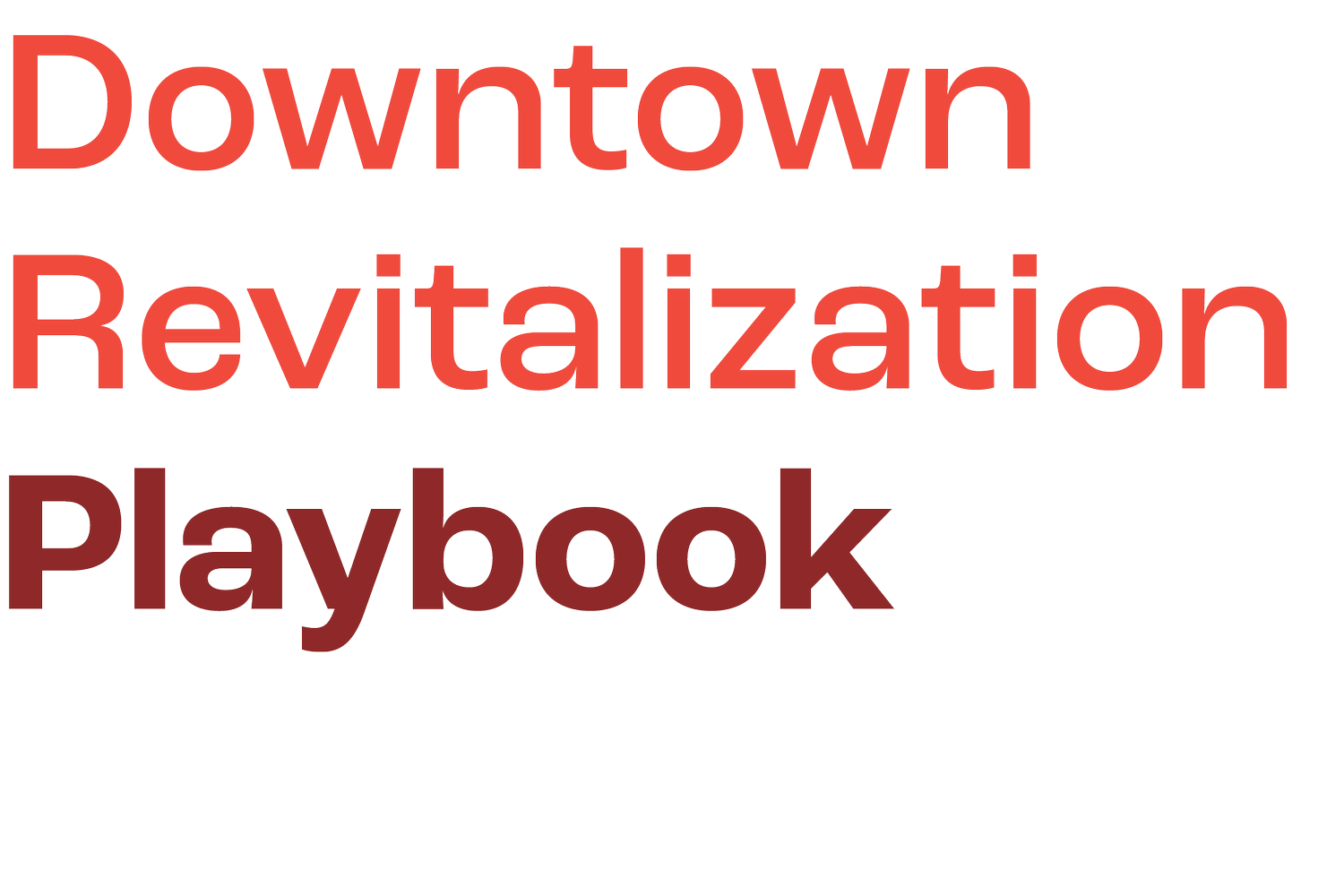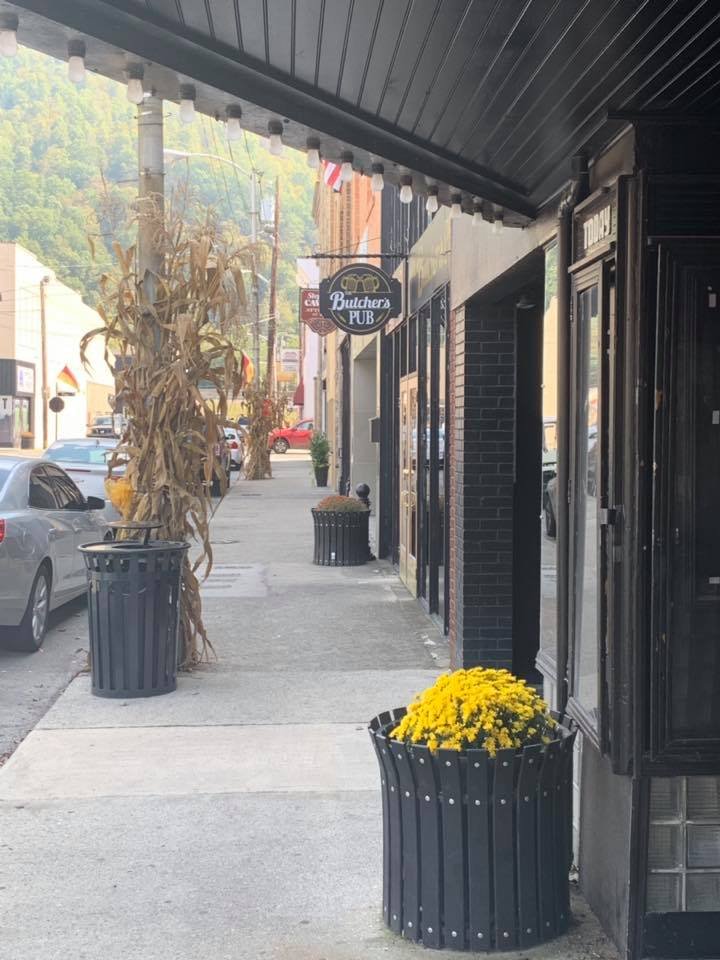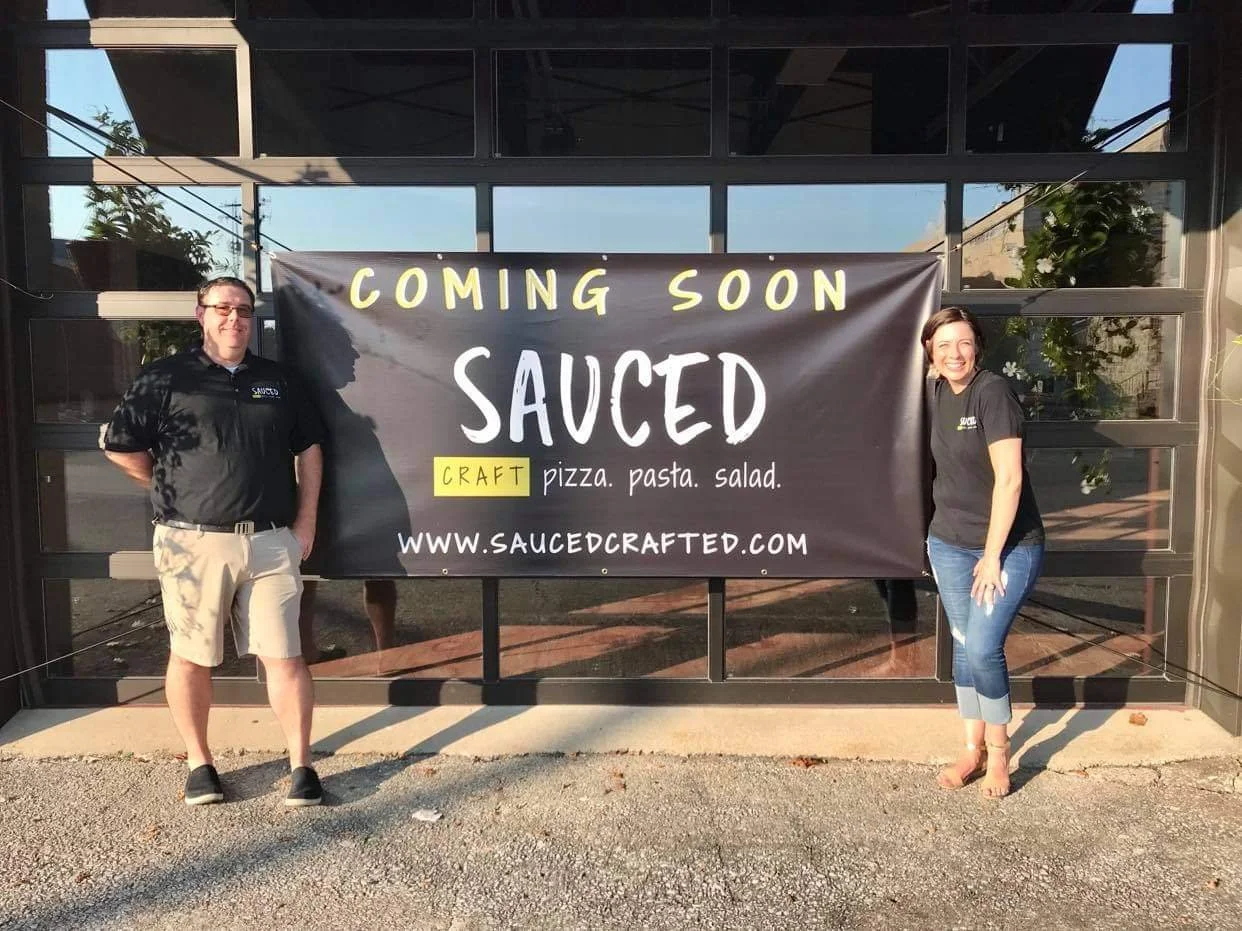Downtown Pineville, KY
From 2016-2021, Pineville’s downtown square went from 20% to 100% occupied, and is now filled with a diverse array of businesses and a thriving music venue. Keys to success included: removing barriers to running a business, maximizing community involvement, and developing a shared vision. Using a mix of public and private funds, Pineville’s metamorphosis was built upon layered investments like a municipally funded business incentive packages, grants, bonds, targeted tax revenue, low interest bank loans, and private investments from local entrepreneurs.
Stage of Investment: Development, investment acquired. Implementation in process.
Date Started: 2013
Estimated Completion: 2023
Key Players
Spotter: Mayor Scott Madon
Framer: Mainstreet & Economic Development Director, Jacob Roan
Developer: The City & Local Business Owners
Primary Contact: Jacob Roan
Engager: Jacob Roan & University of Kentucky CEDIK
Other Key Players: Local & Outside Investors, High School Students, Local Bank
The Spark
In 2014, Scott Madon sat in his downtown insurance office. From his window he saw more boards covering windows than “OPEN ‘’ signs. He knew the Pineville he loved was worth investing in, so he became the Chair of Pineville’s new Main Street program, ran for mayor, and teamed up with the new Main Street Director, Jacob Roan, to make downtown revitalization a top priority.
The Challenge
The downturn in the coal industry in 2013 meant reduced revenue for the city of Pineville from taxes and coal severance. Local government budgets were tight. Unemployment and poverty rates were high. Businesses were closing instead of opening. The downtown square was only 20% full, mainly consisting of a few lawyers’ offices and a homeless shelter. The beloved historic Bell Theater sat vacant after having changed ownership many times. With the opioid epidemic surging, drug deals on the streets were a common sight. Aside from the courthouse, downtown was no longer a place most community members wanted to visit, much less tourists.
“Sometimes I asked, ‘why are we spending $30,000 on plans when we already know what we want to do,’ but looking back we could never have done this without them…we would have left so much out along the way.”
The Investment
The city’s first investment in downtown revitalization was hiring a Main Street Director in 2013, who focused his first year on building a diverse, experienced team, and learning from others. Downtown investments started with small beautification efforts like installing planters, which helped volunteers gain local pride.
These small public investments spurred big private investments. Two local attorneys made the initial investment by purchasing and renovating a 2-story downtown building and recruiting a restaurant development group to develop the flagship tenant Sauced. This sparked another local investor to renovate a downtown space for The Butcher’s Pub. Those same entrepreneurs then helped the Main Street program develop a Business Incentive Package to reduce the burden of remodeling and the cost of opening a business. Simultaneously, Main Street worked with a local bank to offer low-interest business loans. These two efforts combined caused a domino effect of opening new downtown businesses.
Spurred on by local businesses, the city invested $30,000 in dumpsters for demolition/cleanup and waived hauling fees which saved owners money and encouraged more renovation. Main Street sought business feedback on hot topics like taxes and utility services and developed a Business Expansion and Retention Plan to address their concerns. This removed barriers to doing business. “A business never heard ‘No’ from us. We’ll call the league of cities and consult our city attorney for legal opinions if we have to. If we can do something within the parameters of the law, then we will,” said Jacob Roan. Regarding years 2014-2021, Roan says “the results are truly remarkable – 200 jobs created and more than $8 million in public and private investments made to downtown Pineville.”
The City also invested about $30,000 in planning efforts. Main Street partnered with CEDIK at the University of Kentucky to develop a 5-Year Plan, which began with seven Vision Forums in places like high schools, housing units, and churches. The plan outlined building renovations, underground utilities, and streetscaping. An interlocal agreement was also negotiated, thus allowing the city to retain 90% of restaurant taxes to pass through the Main Street program to be used for tourism-based projects, in the same manner that hotel taxes fund Convention and Visitors Bureaus. This gave Main Street access to $300,000 to buy and renovate the Bell Theatre. Having the 5-year plan helped the city obtain over $8 million in public and private investments to implement the following: a $1 million CDBG grant, a $2.5 million Kentucky Infrastructure Authority loan, $1.5 million in bonds sold through Kentucky Bond Association, and a $700,000 ARC grant. All of these achievements would not have been possible had Pineville not made the initial investment locally.
The Return on Investment:
Financial
Sauced and The Butcher’s Pub earned a solid financial return prompting the opening of additional locations.
Social
Though Pineville businesses struggled amid COVID, downtown remains occupied. The 400-seat Bell Theatre has become an economic driver with frequently sold out shows. “They all love Pineville and the pub next door and the close-knit community we are. They love to come for a show, stay for the weekend, and go to the park,” said Jacob Roan. One of the greatest social benefits is the number of young people coming home to live and work. The 5-year plan was heavily influenced by high school students in a Vision Forum. Roan states “Now five years later we are actually seeing these high school kids wrapping up their college experience and looking to come back home. They look around and see that their local leaders listened and are continuing to listen.”
What’s Next?
Despite the COVID crisis, 80% of the 5-YR plan is complete with more to come. Building on local assets of the nearby Boone’s Ridge - a $40+ million investment by government and private investors, opening 2023 — Pineville aims to become a premier Appalachian destination where people come to eat, shop, stay, and enjoy nightlife.
Key Takeaways
Listen to and support business owners. Supported business owners are more likely to succeed. This means more revenue for businesses and building owners, jobs, and tax revenue. Therefore, identify what’s preventing progress for businesses in your town, and get rid of it.
Take time to plan and share the vision. Go to community members “where they are” and ask them what they want. But don’t just plan; take action on plans and involve the community. Start small and build on each win to gain momentum.
Measure what matters and share your impact. Track the return on investment, publish those stories, and share them with investors. This helps investors understand the opportunities and tag along, leading to better returns for everyone involved. Money follows money!
Key Investments in the Capital Stack
Equity: $2M+
Varies – Investors in Local businesses like the Butcher’s Pub, Sauced, and a day care
Senior Debt: $4M+
$2.5M KY Infrastructure Authority Loan
$1.5M KY Bond Association
Varies - Low-Interest Loans by Local Bank to Downtown Businesses
Subordinated debt: None
Credit Enhancements: None
5-YR City Tax Moratorium
Grant or Subsidy: $2M+
$1M CDBG Grants
$700K ARC Grant
$300K Local Restaurant Tax
$60K+ Municipal Investments
5-YR City Tax Moratorium




